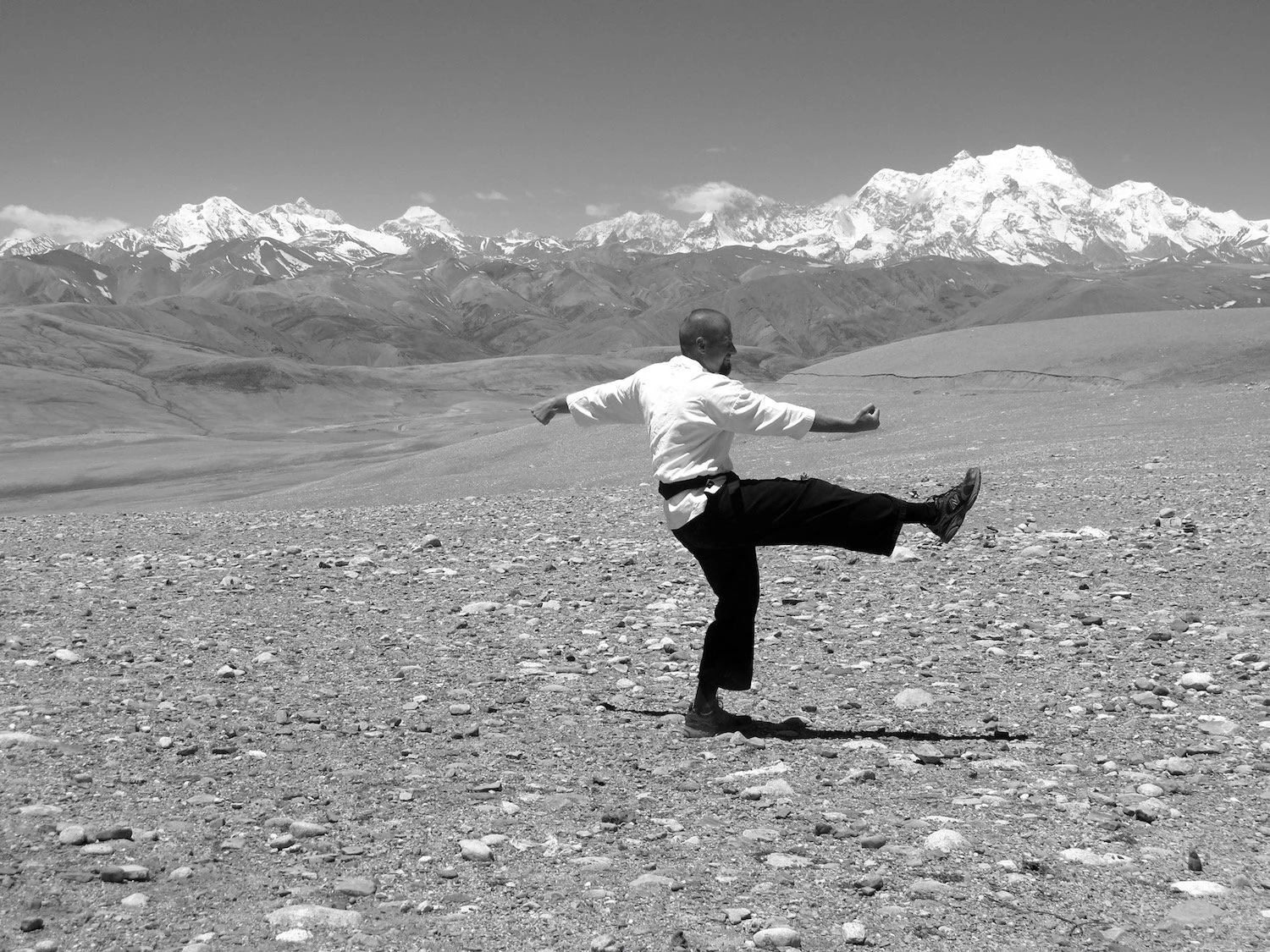“Kata defines a style and is the bridge to prompt and effective disarmament . . .”
traditional chang moo kwan
The Ki-bon and Pyang-ahn Kata, along with the Chul-ki and Gong San Kun Su, comprise The Twelve, a set of indigenous Chang Moo Kwan forms taught by Nam Suk Lee during the last years of his life in San Pedro, California and acknowledged by him as original. The Twelve are required learning for shodan rank. Subsequent forms are tools for black belt study and advancement.
the twelve
Ki-bon IL (PDF | Video | Bunkai | Vintage Footage)
Ki-bon E (PDF | Video | Bunkai | Vintage Footage)
Ki-bon Som (PDF | Video | Bunkai | Vintage Footage)
Ki-bon Sa (PDF | Video | Bunkai | Vintage Footage)
Ki-bon O (PDF | Video | Bunkai | Vintage Footage)
Pyang-ahn IL (PDF | Video | Bunkai | Vintage Footage)
Pyang-ahn E (PDF | Video | Bunkai | Vintage Footage)
Pyang-ahn Som (PDF | Video | Bunkai | Vintage Footage)
Pyang-ahn Sa (PDF | Video | Vintage Footage)
Pyang-ahn O (PDF | Video | Vintage Footage)
Chul-ki (PDF | Video | Vintage Footage)
Gong San Kun Soo (PDF | Video | Vintage Footage)
subsequent forms
Sun Koo Kim IL
Sun Koo Kim E (Video | Vintage Footage)
Sun Koo Kim Som (Video | Vintage Footage)
Sun Koo Kim Sa (Video | Vintage Footage)
Dae Woong Chung IL (Video | Vintage Footage)
Dae Woong Chung E (Video | Vintage Footage)
Dae Woong Chung Som (Vintage Footage)
Dae Woong Chung Sa (Vintage Footage)
Wiedenmen Fighting Techniques (Video)
Don Kwon
Doju San
tomiki aikido
The Fifteen Basics are the core principles of Tomiki Aikido, and all other kata are applications of principle that flow from it. A keen understanding of the Fifteen Basics is necessary for shodan rank as well as precursors that introduce it and applications that help unlock its treasures. Core forms are those required for the rank of shodan. Subsequent forms are tools for black belt study and advancement.
core forms
Unsoku Foot Movements, 15 Basics Precursor (Video)
Fifteen Basics (PDF | Video | Vintage Footage)
old style kata
Koryu-dai Ichi (PDF | Video | Vintage Footage)
Koryu-dai Ni (Video | Vintage Footage)
Koryu-dai San (Video | Vintage Footage)
Koryu-dai Yon
Koryu-dai Go
Koryu-dai Roku
subsequent forms
weapons
Core forms are those required for the rank of shodan. Subsequent forms are tools for black belt study and advancement.
core forms
subsequent forms
iaido seitei
Ippon-me Mae (Vintage Footage)
Nippon-me Ushiro (Vintage Footage)
Sanbon-me Ukenagashi (Vintage Footage)
Yonhon-me Tsuka-ate (Vintage Footage)
Gohon-me Kesagiri (Vintage Footage)
Roppon-me Morote-zuki (Vintage Footage)
Nanahon-me Sampo-giri (Vintage Footage)
Hachihon-me Ganmen-ate (Vintage Footage)
Kyuhon-me Soete-zuki (Vintage Footage)
Juppon-me Shiho-giri (Vintage Footage)
Ju-Ippon-me So-giri (Vintage Footage)
Ju-Nihon-me Nuki-uchi (Vintage Footage)
cheonjikido dojo kata
These ten forms comprise a set unique to our dojo, those that reflect a dual heritage that comes through Tomiki Aikido and Chang Moo Kwan (both of which are important in North Carolina martial arts history) and tie our study back to the curriculum Sensei Boyd was required to study for his first shodan rank. These are simply tools for black belt advancement and are supplements to The Twelve and the 15 Basics, not substitutions. Below, one can find links to pdf charts. The bold-faced elements in each chart represent necessary and appropriate changes from the kata as they were formerly practiced under the banner of Teashikido. Each kata also has a link to a video demonstration.
Sip-Geup Kata (PDF | Video | Rhythm of Reversal)
Gu-Geup Kata (PDF | Video | Rhythm of Reversal)
Pal-Geup Kata (PDF | Video | Rhythm of Reversal)
Chil-Geup Kata (PDF | Video | Rhythm of Reversal)
Yuk-Geup Kata (PDF | Video | Rhythm of Reversal)
other traditional kata
The following list comprises old traditional forms that are useful for study and application, not demonstration and performance. These are simply tools for black belt advancement. The style tradition from which these forms have been preserved is noted in parentheses.
Heian Shodan, Shotokan (Video | Vintage Footage)
Heian Nidan, Shotokan (Video | Vintage Footage)
Heian Sandan, Shotokan (Video | Vintage Footage)
Heian Yondan, Shotokan (Video | Vintage Footage)
Heian Godan, Shotokan (Video | Vintage Footage)
Bassai Dai (Video | Vintage Footage)
Bassai Sho (Video | Vintage Footage)
Gojushiho Dai (Video | Vintage Footage)
Gojushiho Sho, Shotokan (Video | Vintage Footage)

